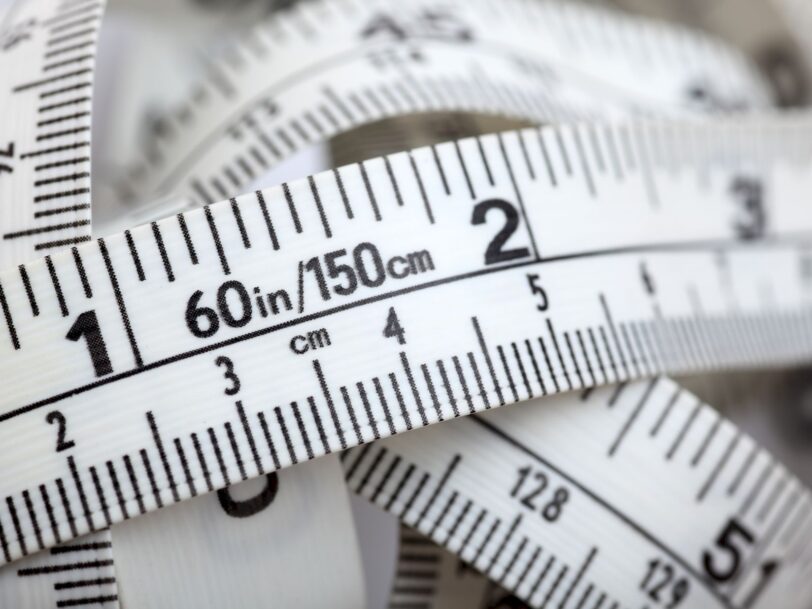1.79 meters to Feet

In a world where measurement units vary from country to country, the interchangeability of metrics and imperial systems often leaves us in a mathematical conundrum. One such conversion that frequently captures our attention is the transformation from meters to feet. The seemingly simple shift from the metric to the imperial system carries its own unique charm, offering a glimpse into the diversity of measurement standards across the globe. In this exploration, we delve into the fascinating realm of 1.79 meters, uncovering the mystique that lies in its equivalent in feet.
The Basics of Measurement Conversion:
Before embarking on our journey into the conversion of 1.79 meters to feet, let’s first understand the fundamental differences between the metric and imperial systems. The metric system, rooted in the decimal system, is characterized by units of ten, making conversions relatively straightforward. Meters, the basic unit of length in the metric system, can be seamlessly converted to other metric units by shifting the decimal point.
On the other hand, the imperial system, used predominantly in the United States and a few other countries, is a collection of units with historical roots. Feet, the unit of length in this system, is divided into inches and yards, creating a more intricate web of conversions compared to the metric system.
1.79 Meters in Feet:
Now, let’s focus on the star of our exploration – 1.79 meters. To convert this length into feet, we utilize the conversion factor that defines the relationship between meters and feet. One meter is equivalent to approximately 3.28084 feet. Applying this conversion factor to 1.79 meters, we witness the magic unfold.
1.79 meters * 3.28084 feet/meter ≈ 5.869 feet
So, 1.79 meters is roughly equivalent to 5.869 feet. However, the numerical representation only scratches the surface of the conversion process. The implications of this conversion extend beyond mere numerical values, touching upon the cultural, historical, and practical aspects associated with these units of measurement.
Cultural Perspectives on Measurement:
The choice between the metric and imperial systems often reflects cultural influences and historical legacies. While the metric system is widely adopted around the world, the United States remains a stronghold of the imperial system. This duality in measurement units is a testament to the diverse cultural landscapes that shape our understanding of numerical values.
The beauty of 1.79 meters to feet conversion lies in its ability to bridge the gap between these two systems, offering a glimpse into the cultural tapestry that defines our global society. It serves as a reminder that even in the realm of numbers, diversity is not only accepted but celebrated.
Historical Significance:
The origins of measurement systems can be traced back to ancient civilizations, each contributing to the tapestry of units we use today. The imperial system, with its roots in the Roman Empire, has evolved over centuries, shaped by the practical needs of the societies that embraced it. On the other hand, the metric system, born out of the French Revolution, embodies the spirit of rationality and decimal simplicity.
As we convert 1.79 meters to feet, we are participating in a historical dialogue that transcends time and borders. This seemingly mundane calculation carries the echoes of the past, reminding us of the rich history that underlies our modern systems of measurement.
Practical Implications:
Beyond the cultural and historical dimensions, the conversion of 1.79 meters to feet holds practical significance. In fields such as construction, design, and engineering, precision is paramount. The ability to seamlessly navigate between metric and imperial units is a valuable skill that ensures accuracy in various professional domains.
For architects designing a building, understanding the height of 1.79 meters in feet is crucial for creating spaces that are both functional and aesthetically pleasing. Similarly, engineers working on projects spanning different regions must be adept at converting measurements to ensure uniformity and compliance with local standards.
Conclusion:
In the grand tapestry of measurement systems, the conversion of 1.79 meters to feet serves as a small but significant thread, connecting the diverse aspects of culture, history, and practicality. As we navigate the intricacies of these conversions, we gain a deeper appreciation for the nuanced ways in which numbers shape our understanding of the world. So, the next time you encounter the seemingly mundane task of converting units, take a moment to appreciate the rich tapestry of stories and traditions that accompany these numerical journeys.






